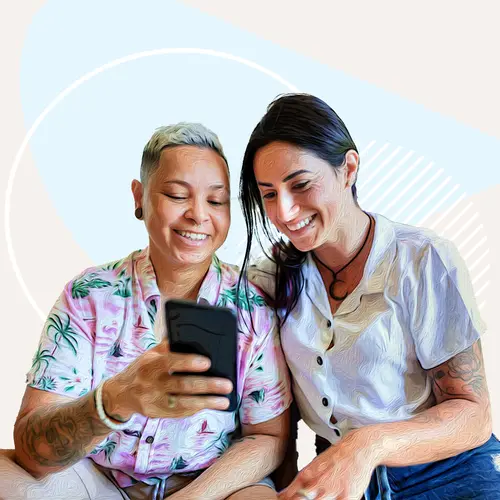Sun poisoning doesn't really mean you've been poisoned. It is often the term used for a severe case of sunburn. This is usually a burn from ultraviolet (UV) radiation that inflames your skin.
Symptoms of Sun Poisoning
Within just 15 minutes of being in the sun, you can be sunburned. But you might not know it right away. The redness and discomfort might not show up for a few hours.
You can become severely sunburned if you stay in the sun a long time and don't wear protection. You are more likely to sunburn if you have light skin and fair hair.
Severe sunburn or sun poisoning can cause symptoms such as the following:
- Skin redness and blistering
- Pain and tingling
- Swelling
- Headache
- Fever and chills
- Nausea
- Dizziness
- Dehydration
Treating Sun Poisoning
For severe sunburn, these simple remedies usually do the trick:
- Get out of the sun.
- Take a cool (not cold) shower or bath or apply cool compresses.
- Drink extra fluids for a few days.
- Take ibuprofen or acetaminophen to relieve pain.
- Use aloe gel or a moisturizer.
- Completely cover sunburned areas when going outside.
Seek immediate medical care for these symptoms:
- A sunburn that forms blisters, covers a large area, or is very painful
- Facial swelling
- Fever and chills
- Upset stomach
- Headache, confusion, or faintness
- Signs of dehydration
Preventing Sun Poisoning
Follow the basics of sun safety:
- Wear a sunscreen that has at least 8% zinc oxide and a SPF of at least 30 and says "broad-spectrum" on the label, which means that it protects against the sun's UVA and UVB rays. Put it on all over about 15 to 30 minutes before going out in the sun. Reapply at least every 2 hours and after you've been sweating or in the water.
- Limit your sun exposure between 10 a.m. and 2 p.m., and remember that water, snow, and sand can intensify the sun's damaging rays.
- Wear sunglasses, a hat, and protective clothing.
Check on your medications. Ask your doctor if anything you take might make your skin more sensitive to sunlight. For example, some acne medications, antibiotics, antidepressants, diuretics, heart drugs, and birth control pills make skin more sensitive. So can some antibacterial medications and fragrances that go on your skin. In fact, there's a host of products that can raise your sensitivity to sunlight.
Other Types of Sun Poisoning
Sun poisoning may also refer to two types of reactions to sunlight:
Polymorphous light eruption (PMLE). PMLE is a reaction that does not appear to be linked to drugs or diseases. It happens in people who are at risk and who are exposed to intense sunlight that they're not used to. For example, people living in northern climates could experience this if taking a winter vacation in a tropical climate.
Symptoms are a severe skin rash, usually appearing several hours after going out in the sun. The rash may be itchy and include:
- Small bumps over the sun-exposed areas of the body
- Dense clumps of bumps
- Hives, usually on the arms, lower legs, and chest
An inherited form of PMLE occurs in Native Americans. It can last from spring until fall. Symptoms at first include redness, burning, and itching, which usually last 2 or 3 days but can persist for weeks. Other symptoms may begin within a few hours of sun exposure but go away in a few hours. They include:
Treatment for PMLE depends on its severity. Other than staying out of the sun and protecting yourself when you are in the sun, you may not need treatment. The rash can clear by itself within 7 to 10 days.
Solar urticaria. Symptoms may develop within minutes of exposure to sun. If large areas of skin are involved, symptoms may include:
- Itchiness
- Redness
- Raised areas on the skin (hives or wheals)
- Wheezing
- Dizziness
- Loss of consciousness
Although the rash usually goes away within hours, you may experience the reaction off and on throughout the years. Antihistamines can treat some cases, but see your doctor for advice.
Other treatment or prevention for PMLE or solar urticaria may include:
- Steroids that go on your skin
- Sunscreen that says "broad-spectrum" on the label, which means it protects against the sun's UVA and UVB radiation
- Phototherapy with psoralen UV light (PUVA) to desensitize skin to UV light

